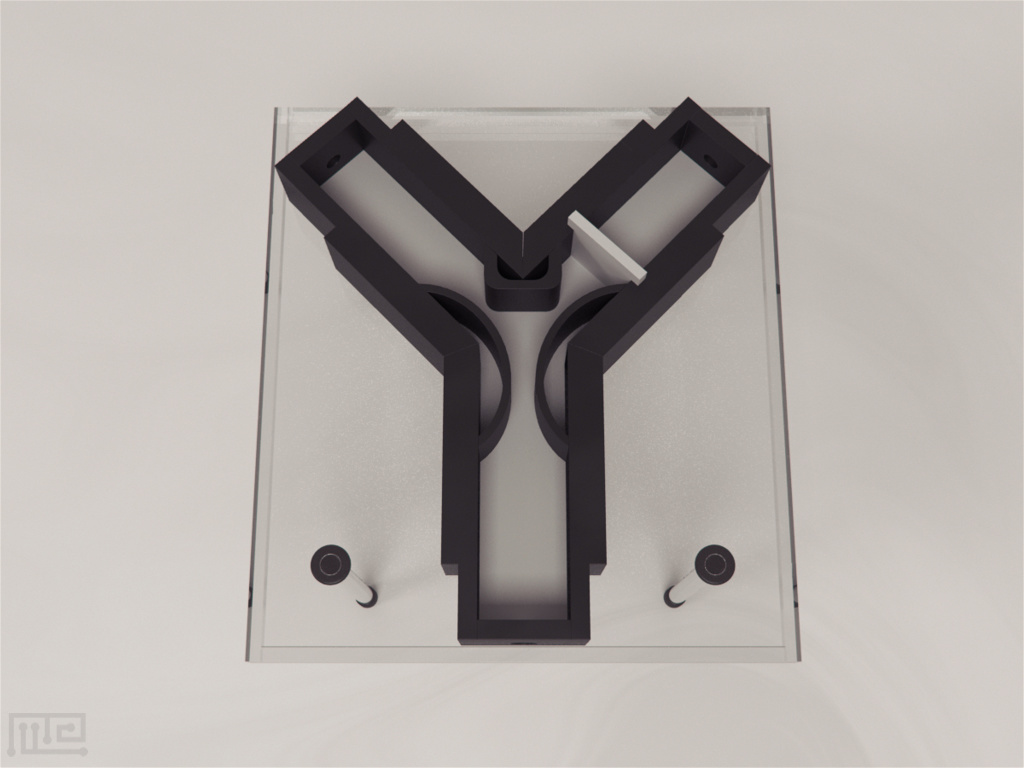The Ant Visual Discrimination Y-Maze is used to study visual discrimination in ants.
The Visual Discrimination Y-Maze creates a simple two-choice environment to allow the evaluation of foraging behaviors in the presence of different visual cues. The apparatus consists of a longitudinal start arm that branches into two choice arms, creating a Y-Maze wherein cues can be placed within the choice arms or at the ends of the arms.
Mazeengineers offers the Ant Visual Discrimination Y-Maze.

